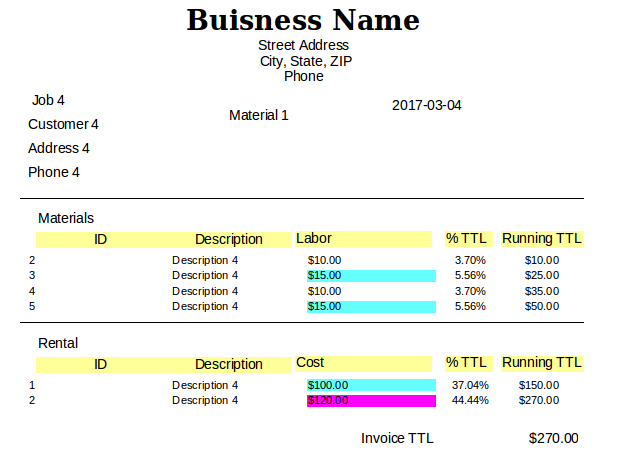In made a database which (simplified), contains a main table A. Other tables, say B, C, and D contain data and are related 1-∞ to A, by means of a simple foreign key.
The structure of B,C and D is not homogeneous and do contain different fields.
Users may choose to add 0, 1, or many records in table B. The same is true for C and D, and the number of entries in B, C and D need not be equal.
Now, I want to prepare a report based on a selection of records in table A. The report should sum
- heading
selected record in A
- detail
-all related records in B
-all related records in C
-all related records in D
As far as I am aware, Base reports are based on a single table or view. I made a table (using outer joins) that contains all information in tables A-D. This is of course a very ugly table, as is contains many empty cells. I have not found a way to make a nice report out of this table.
Could anyone help me with a solution or workaround?
Regards, jvdw


 (upper left area of answer). It helps others to know there was an accepted answer.
(upper left area of answer). It helps others to know there was an accepted answer.